Table of Contents
If you're searching for the perfect spice to add heat and flavor to your dishes, tiny red hot peppers are a versatile and powerful choice. These small but mighty peppers deliver intense heat with nuanced flavors, making them essential for any kitchen. In this guide, you'll learn exactly how to use them, where to buy them, and how to incorporate them into your favorite recipes. Whether you're a spice lover or new to hot peppers, this information will help you make the most of these culinary powerhouses.
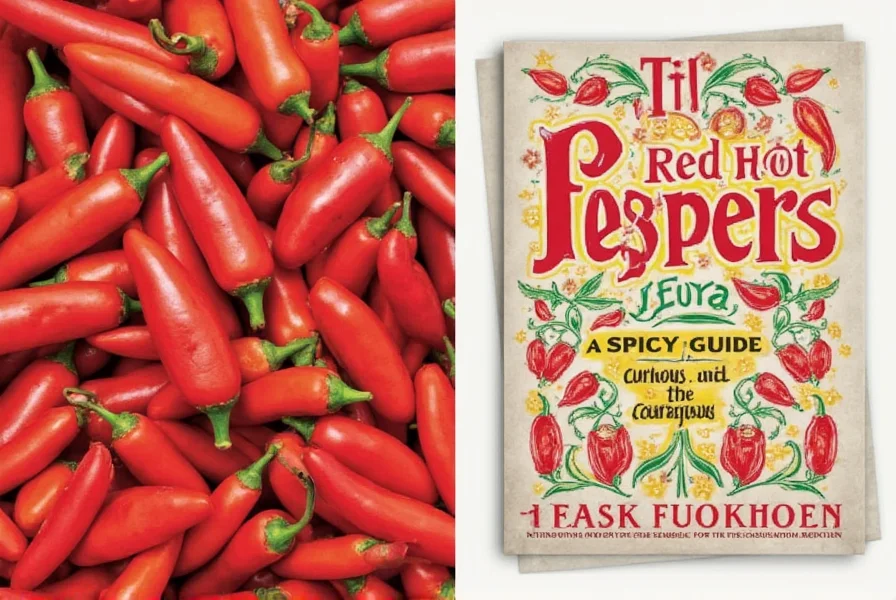
Spice Profile and Heat Level
Tiny red hot peppers typically range from 10,000 to 30,000 Scoville Heat Units (SHU), placing them between jalapeños and cayenne peppers in heat intensity. They're about 2-12 times hotter than jalapeños but milder than habaneros or ghost peppers. The exact heat can vary based on growing conditions and specific variety.
These peppers are often used in salsas, hot sauces, and as a garnish. Their flavor profile is usually slightly sweet with a sharp, fiery kick that lingers on the tongue. The combination of sweetness and heat makes them a favorite among those who enjoy a balanced spice experience.
| Pepper Type | Scoville Heat Units (SHU) | Flavor Profile |
|---|---|---|
| Jalapeño | 2,500 - 8,000 | Mild, slightly sweet |
| Cayenne | 30,000 - 50,000 | Hot, slightly smoky |
| Tabasco | 30,000 - 50,000 | Sharp, tangy |
| Thai Bird's Eye | 50,000 - 100,000 | Very hot, fruity |
| Tiny Red Hot Pepper | 10,000 - 30,000 | Medium to hot, slightly sweet |
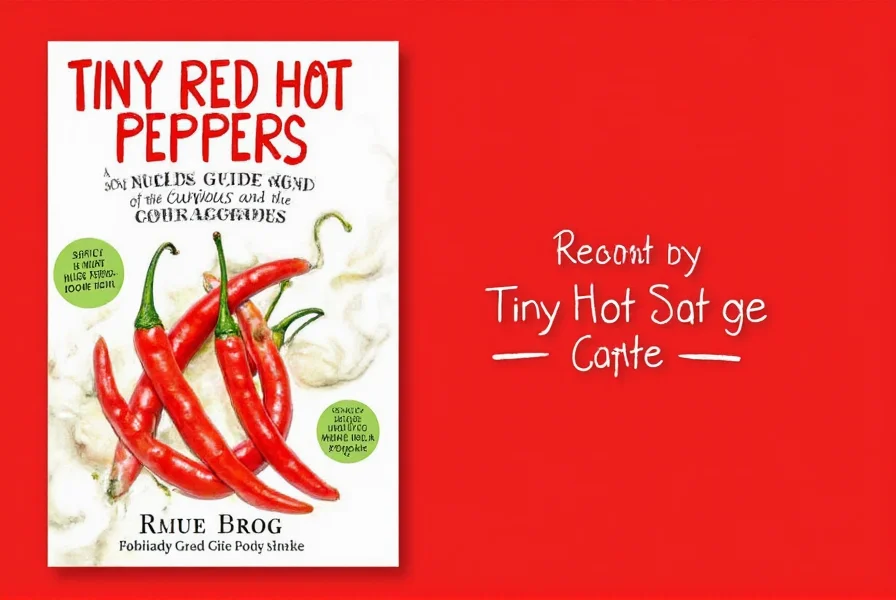
Cooking Tips with Tiny Red Hot Peppers
Now that you know a bit about the heat and flavor of tiny red hot peppers, here are some practical tips to help you use them effectively in your cooking:
- Use them raw: Chopped or sliced, they add a nice crunch and heat to salads, tacos, and sandwiches.
- Roast them: Roasting enhances their natural sweetness and deepens their flavor. Try adding roasted tiny red hot peppers to sauces or stews.
- Make your own hot sauce: Combine tiny red hot peppers with vinegar, garlic, and salt for a homemade hot sauce that packs a punch.
- Balance the heat: Pair them with creamy ingredients like yogurt, avocado, or cheese to tone down the spiciness.
- Experiment with different varieties: Not all tiny red hot peppers are the same—some may be hotter than others. Always taste before adding too many.
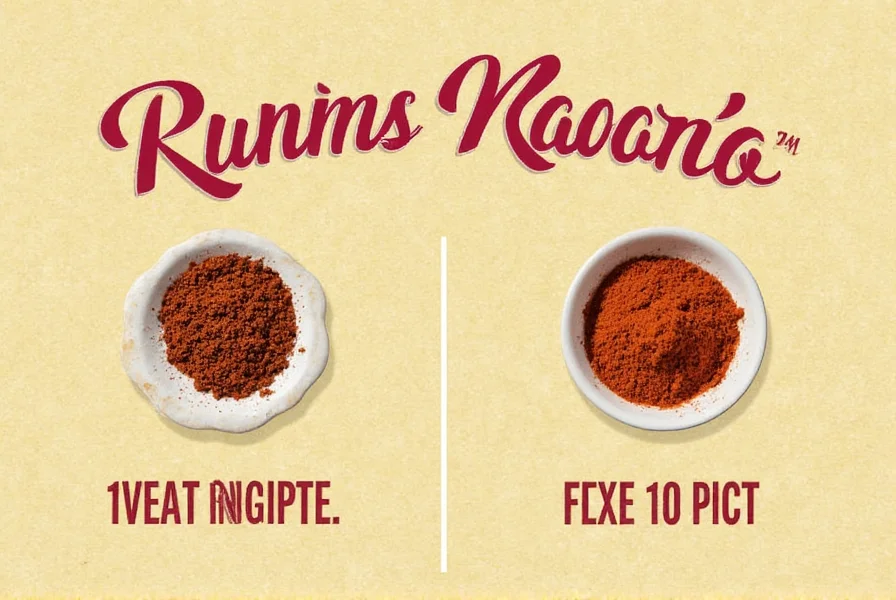
Buying Guide: How to Choose the Best Tiny Red Hot Peppers
If you're looking to buy tiny red hot peppers, there are several factors to consider. Here's a detailed guide to help you choose the best ones for your needs:
Features to Look For
- Size: As the name suggests, these peppers are small, usually around 1-2 inches long. Look for uniform size and firm texture.
- Color: Bright red color indicates ripeness. Avoid peppers that are green, yellow, or have blemishes.
- Heat Level: If you're unsure about the heat, ask the seller or check the label. Some varieties are milder, while others are intensely hot.
- Origin: Peppers from different regions may have distinct flavors. Mexican or Thai varieties tend to be spicier, while others may have a sweeter profile.
Advantages and Use Cases
Tiny red hot peppers are perfect for a variety of occasions. Whether you're making a quick salsa, spicing up a stir-fry, or adding heat to a dip, they're versatile and easy to use. They also make great additions to marinades, dressings, and even cocktails for a unique twist.
They're ideal for both home cooks and professional chefs. If you're catering to a group with varying spice tolerances, having a few tiny red hot peppers on hand allows everyone to customize their meal.
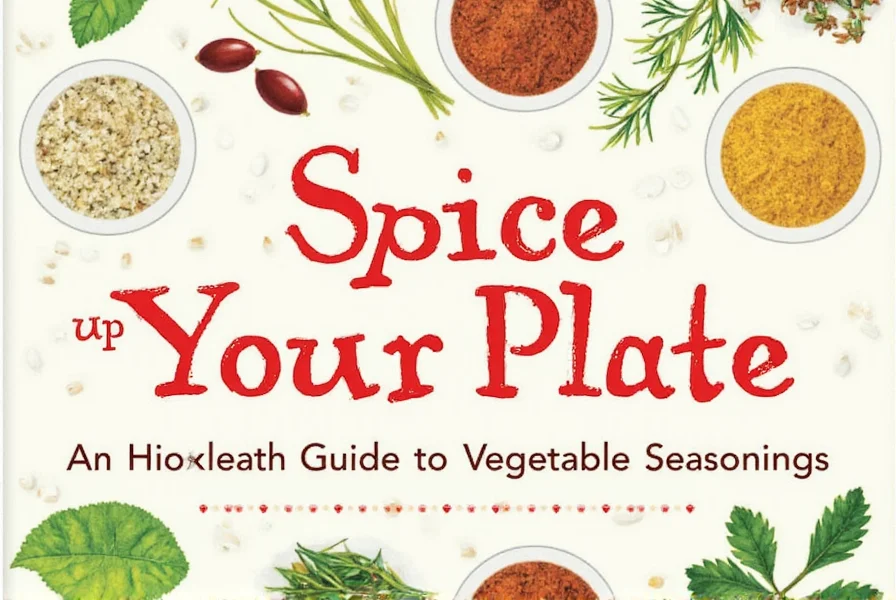
Target Audience and Suitable Occasions
Tiny red hot peppers are suitable for a wide range of people. They're perfect for:
- Spice lovers: Those who enjoy a bit of heat in their food.
- Cooking enthusiasts: People who like experimenting with new flavors and ingredients.
- Chefs and foodies: Professionals who want to enhance their dishes with bold, authentic spices.
They're also great for:
- Weekend brunches: Add a spicy kick to eggs, toast, or avocado spreads.
- Summer barbecues: Mix into salsas or grilled meat toppings.
- Snack time: Serve with chips, nuts, or cheese for a flavorful snack.
Recipes to Spice Up Your Day
Now that you've learned about the heat, flavor, and uses of tiny red hot peppers, it's time to get creative in the kitchen. Here are a few simple recipes that highlight their versatility:
Spicy Avocado Toast
Toast a slice of whole grain bread, mash a ripe avocado, and mix in chopped tiny red hot peppers. Top with a sprinkle of sea salt and a squeeze of lime. It's a quick, healthy, and spicy breakfast option.
Mini Salsa
Combine diced tomatoes, onions, cilantro, and finely chopped tiny red hot peppers. Season with lime juice and salt. This fresh salsa is perfect for dipping with tortilla chips or serving alongside grilled meats.
Spicy Queso Dip
Whip up a creamy queso by melting cheese, adding milk, and stirring in chopped tiny red hot peppers. Serve warm with tortilla chips for a crowd-pleasing appetizer.
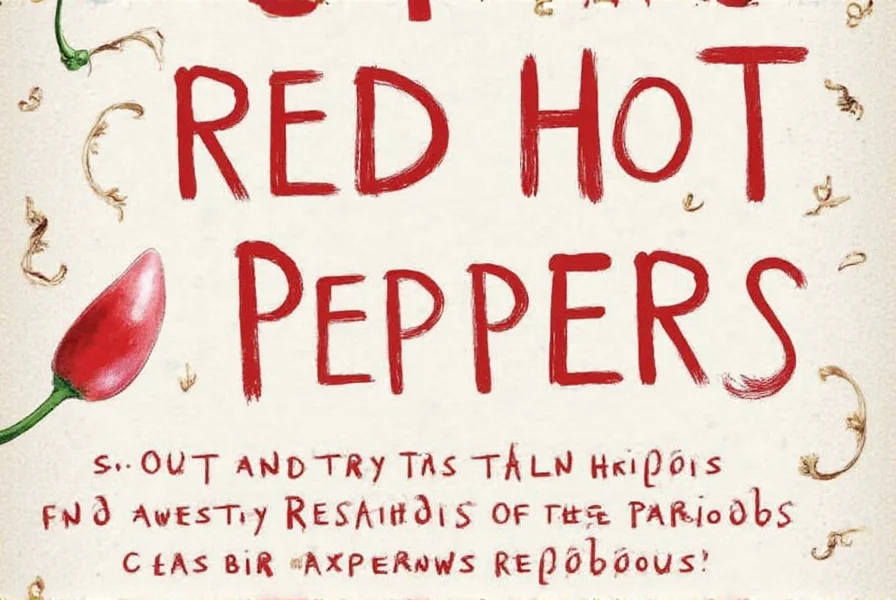
Frequently Asked Questions
How hot are tiny red hot peppers compared to other peppers?
Tiny red hot peppers typically range from 10,000 to 30,000 Scoville Heat Units (SHU), placing them between jalapeños and cayenne peppers in heat intensity. They're about 2-12 times hotter than jalapeños but milder than habaneros or ghost peppers. The exact heat can vary based on growing conditions and specific variety.
What are tiny red hot peppers commonly called?
These peppers go by several names depending on the region: chili pequin, bird's eye chili (though true bird's eye is usually Thai), chiltepin, pequín, or simply "small red chili peppers." In some markets, they might be labeled as "red hot mini peppers" or "tiny red chilies."
How should I store tiny red hot peppers to keep them fresh?
Store fresh tiny red hot peppers in a paper bag in the refrigerator's vegetable crisper drawer for up to 2 weeks. For longer storage, place them in an airtight container with a paper towel to absorb moisture. You can also freeze whole peppers for up to 6 months, or dry them by hanging in a warm, dry place for several weeks.
Can I eat tiny red hot peppers raw?
Yes, tiny red hot peppers can be eaten raw and are often used this way in salsas, salads, and as garnishes. However, due to their intense heat, it's recommended to use them sparingly when raw. Always wash your hands after handling and avoid touching your face, as the capsaicin can cause irritation.
What can I use as a substitute for tiny red hot peppers?
If you can't find tiny red hot peppers, good substitutes include: cayenne pepper (use less as it's hotter), serrano peppers (milder option), red pepper flakes (for dried applications), or even a combination of jalapeño with a pinch of cayenne. For heat without the specific flavor, crushed red pepper flakes work well in many recipes.
Are tiny red hot peppers healthy?
Yes, tiny red hot peppers offer several health benefits. They're rich in vitamin C (more than oranges by weight), contain capsaicin which may boost metabolism, have anti-inflammatory properties, and are low in calories. Capsaicin has also been studied for potential pain relief benefits when used topically.
How can I reduce the heat of tiny red hot peppers in my dish?
To reduce heat: remove the seeds and white membranes (where most capsaicin resides), add dairy products like yogurt or sour cream, incorporate acidic elements like lime juice, or balance with sweet ingredients like honey or fruit. Cooking can also mellow the heat slightly, while raw peppers deliver maximum spiciness.
Can I grow tiny red hot peppers at home?
Yes, many varieties of tiny red hot peppers grow well in containers. They need full sun (6-8 hours daily), well-draining soil, regular watering, and warm temperatures. Start seeds indoors 8-10 weeks before last frost, then transplant outdoors when soil is warm. Most varieties mature in 70-90 days and will continue producing throughout the growing season.
Conclusion
Tiny red hot peppers may be small, but they bring big flavor and heat to any dish. Whether you're a seasoned cook or just starting out, these peppers offer endless possibilities for experimentation and creativity in the kitchen.
Remember, the key to using them well is balance. Don't be afraid to try different combinations and adjust the heat to suit your taste. With the right approach, you'll find that tiny red hot peppers can transform your meals from good to unforgettable.
So go ahead, grab a few of these fiery little gems, and let your taste buds embark on a spicy adventure. Who knows? You might just discover your new favorite ingredient.
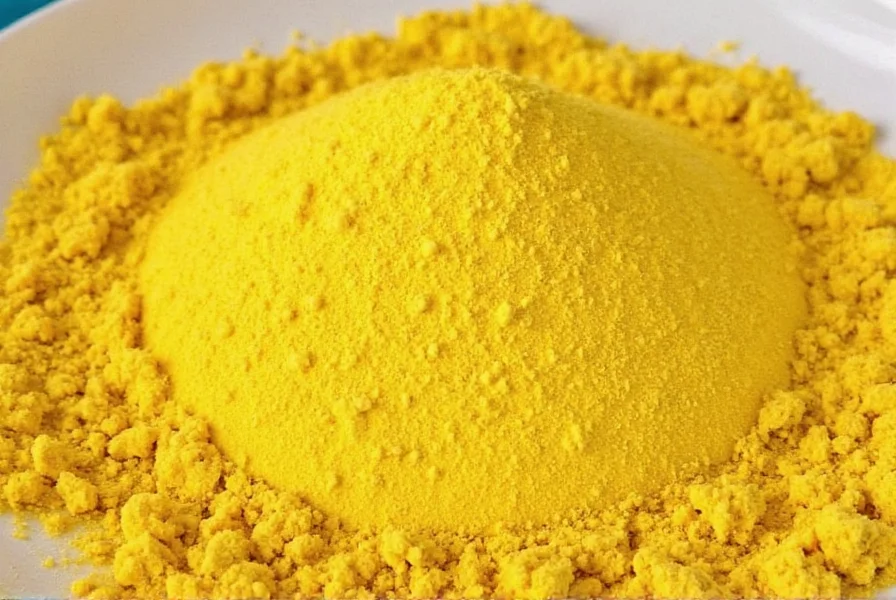

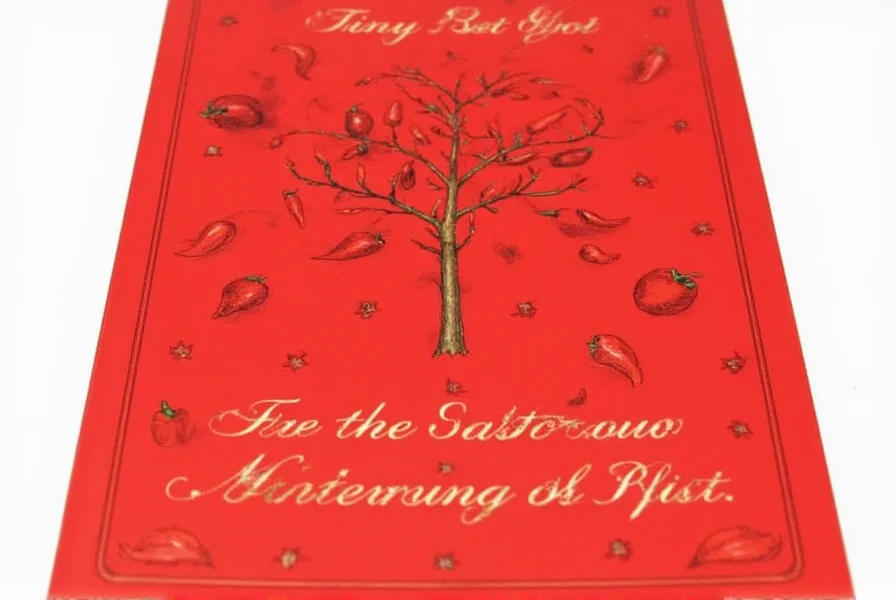









 浙公网安备
33010002000092号
浙公网安备
33010002000092号 浙B2-20120091-4
浙B2-20120091-4